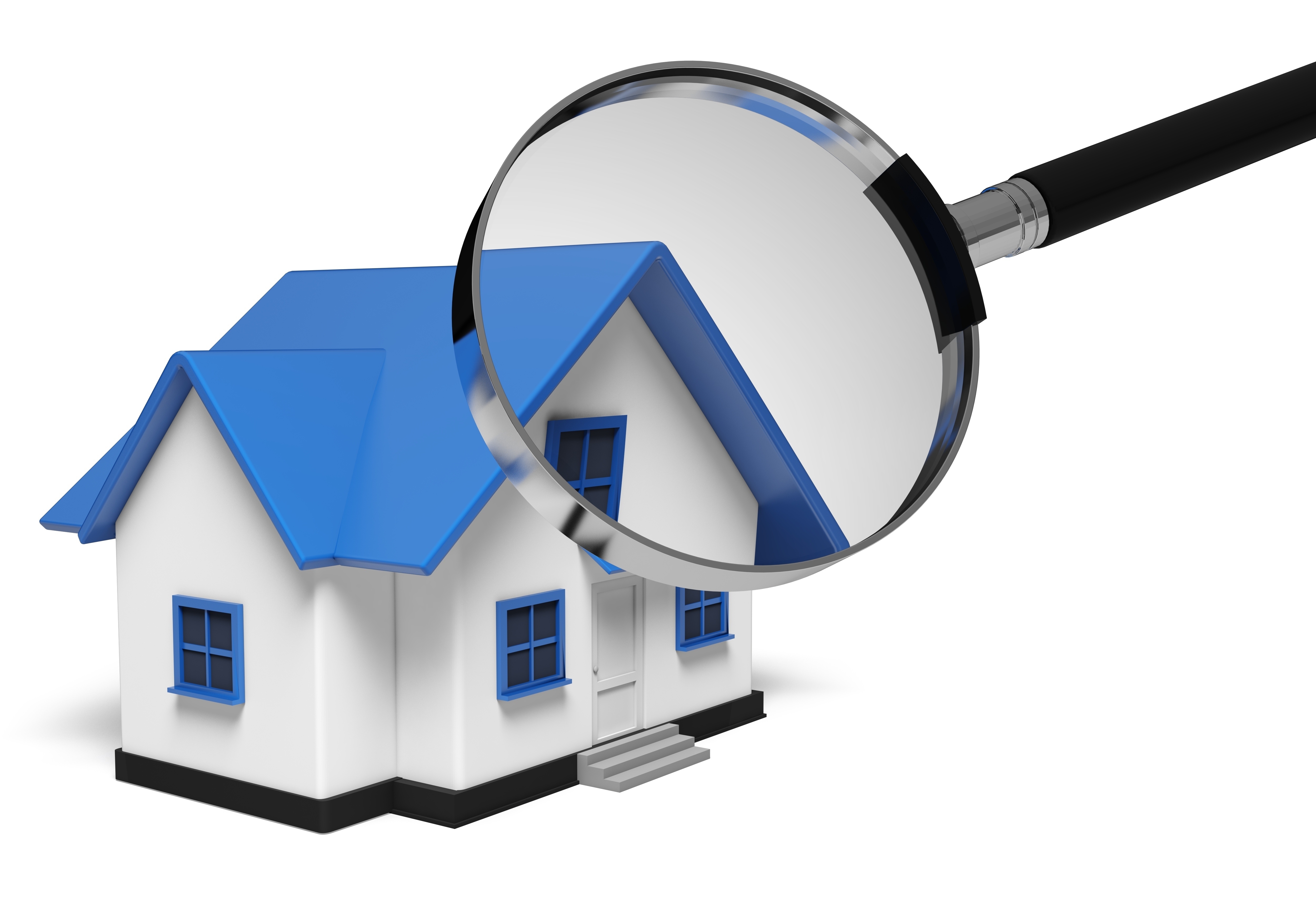
A Description of the Appraisal ProcessTheir home's purchase is the most significant transaction most may ever consider. It doesn't matter if where you raise your family, a seasonal vacation home or a rental fixer upper, purchasing real property is a detailed financial transaction that requires multiple people working in concert to make it all happen. Most of the participants are quite familiar. The most recognizable person in the exchange is the real estate agent. Next, the bank provides the money required to bankroll the transaction. The title company ensures that all areas of the sale are completed and that the title is clear to pass from the seller to the buyer. So, who's responsible for making sure the property is worth the amount being paid? In comes the appraiser. We provide an unbiased estimate of what a buyer could expect to pay — or a seller receive — for a parcel of real estate, where both buyer and seller are informed parties. A licensed, certified, professional appraiser from SDG Residential will ensure, you as an interested party, are informed. The inspection is where an appraisal beginsOur first task at SDG Residential is to inspect the property to determine its true status. We must see features hands on, such as the number of bedrooms and bathrooms, the location, living areas, etc, to ensure they truly are present and are in the shape a typical person would expect them to be. The inspection often includes a sketch of the house, ensuring the square footage is proper and conveying the layout of the property. Most importantly, we look for any obvious features - or defects - that would have an impact on the value of the property. Next, after the inspection, we use two or three approaches to determining the value of real property: paired sales analysis and, in the case of a rental property, an income approach. 
Cost ApproachThis is where we pull information on local construction costs, the cost of labor and other factors to calculate how much it would cost to build a property comparable to the one being appraised. This estimate commonly sets the maximum on what a property would sell for. It's also the least used predictor of value. 
Analyzing Comparable SalesAppraisers can tell you a lot about the communities in which they appraise. They innately understand the value of certain features to the homeowners of that area. Then, the appraiser looks up recent transactions in close proximity to the subject and finds properties which are 'comparable' to the property in question. By assigning a dollar value to certain items such as square footage, extra bathrooms, hardwood floors, fireplaces or view lots (just to name a few), we adjust the comparable properties so that they are more accurately in line with the features of subject.
A true estimate of what the subject could sell for can only be determined once all differences between the comps and the subject have been evaluated. At SDG Residential, we are experts when it comes to knowing the worth of real estate features in Yukon and Canadian County neighborhoods. This approach to value is commonly awarded the most consideration when an appraisal is for a home exchange. Valuation Using the Income ApproachA third method of valuing a house is sometimes applied when an area has a measurable number of rental properties. In this case, the amount of revenue the property yields is factored in with other rents in the area for comparable properties to determine the current value. Putting It All TogetherAnalyzing the data from all approaches, the appraiser is then ready to document an estimated market value for the property in question. The estimate of value at the bottom of the appraisal report is not necessarily the final sales price even though it is likely the best indication of what a property is worth. There are always mitigating factors such as the seller's desire to get out of the property, urgency or 'bidding wars' that may adjust an offer or listing price up or down. But the appraised value is typically employed as a guideline for lenders who don't want to loan a buyer more money than they could recover in case they had to sell the property again. Here's what it all boils down to, an appraiser from SDG Residential will guarantee you attain the most accurate property value, so you can make wise real estate decisions. |